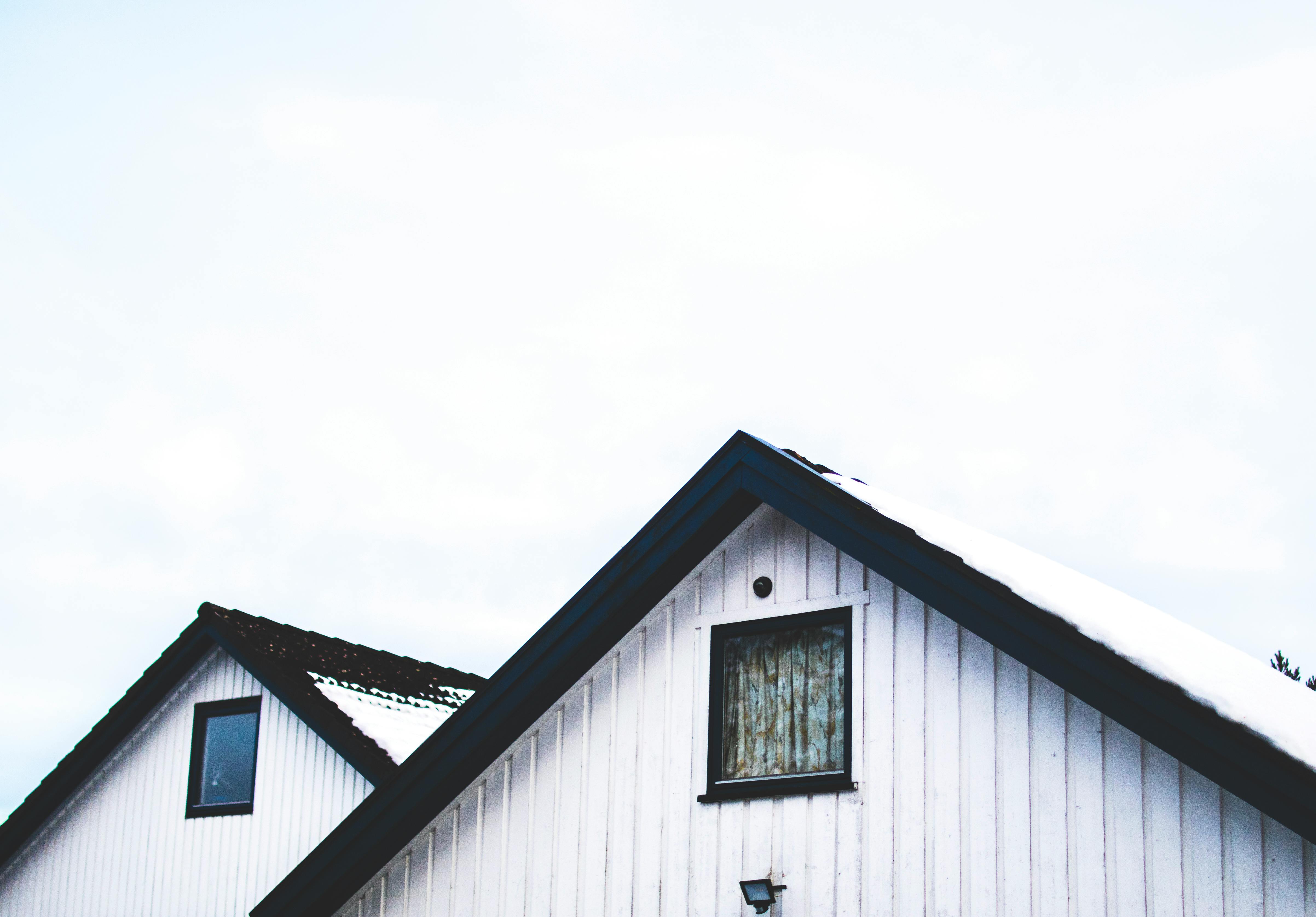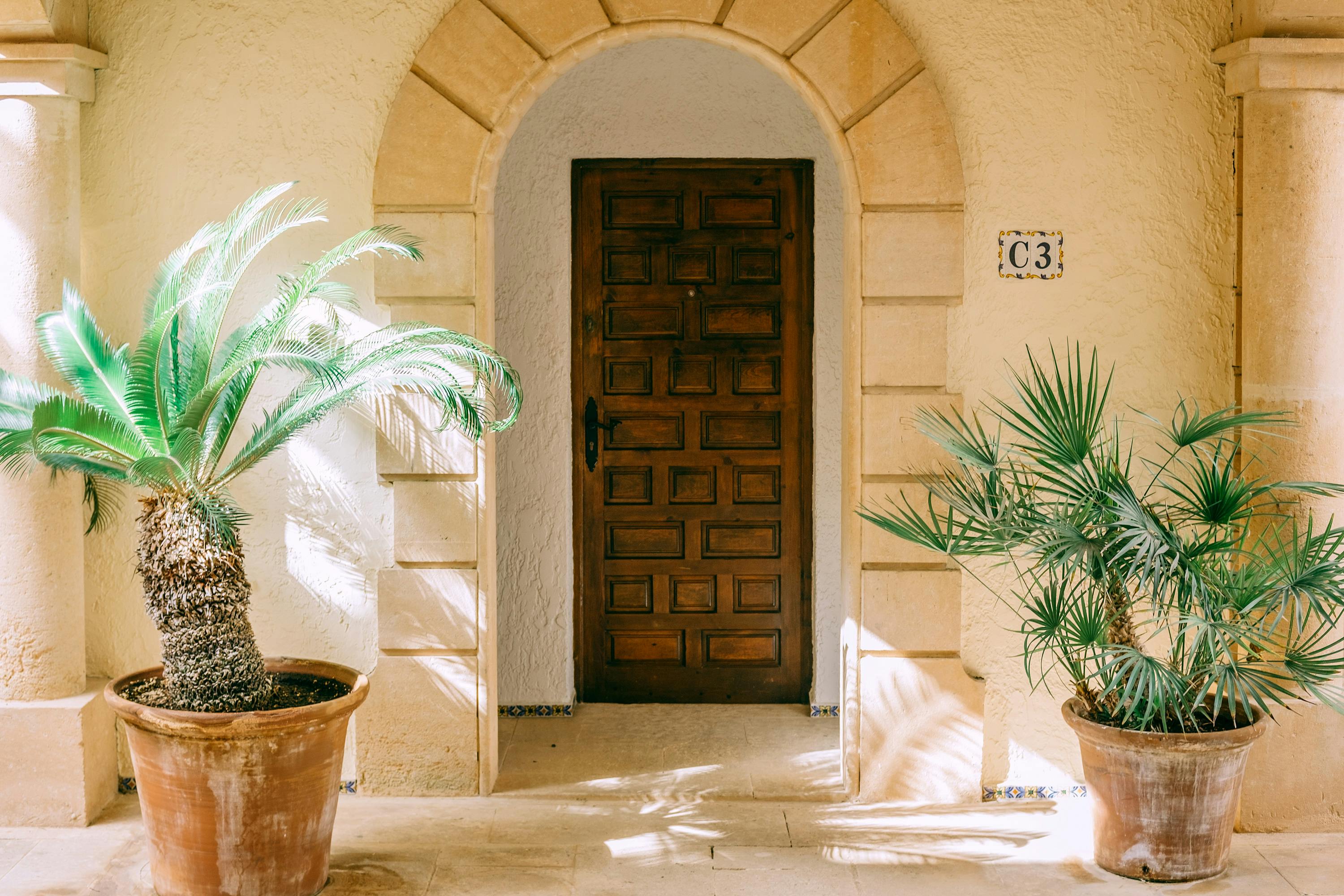Clay tiles are made from earth burned in a kiln to form the various shapes and sizes. These can be used on terraces, balconies, corridors or entrance halls. Other areas are those with high human traffic. They give a rustic floor finish. For good building aesthetics, be sure to place them in areas with a protective layer of tile or other material around them. This ensures that mud, dirt or dirt does not cover them. This can cause discoloration.
Clay tiles must be selected with care. This will ensure that burnt holes with the same color and shape are used. The size is normally six by six square inches. Since the tiles come in pairs, this means that they must be divided into two equal parts. The thickness is usually three quarters of an inch. This includes ribs made after being cut in half. When laying tiles immediately outside the house, the floor should be four inches below the concrete level of the internal floor.
The procedure for placing the clay tiles begins by submerging them in water. The floor is prepared by cutting and removing any dirt or dried mortar. After this, the floor is swept and watered thoroughly. A screed made up of one part of cement and three parts of sand is placed on the concrete floor. It is done in bays of three by three square feet. This ensures that the cement in the mortar does not set. The mortar is made of wood floated with a cement grout. Next, the clay tiles are placed on the solera.
The wet clay tiles are placed on cement grout with the ribs facing down. One slab is placed on one edge of the slab while another is placed on the other end. A rope is tied to the top of the tiles to ensure that the levels stay at a slight slope. The rest of the area under the rope gradually fills in. A slope is made away from the house for water drainage. The joints between the clay tiles are finished with grouting. The grouting is done with oxide to match the tiles. Curing is done for a week. The tiles can be left as is with the rustic look. You can make a top coat varnish as protection.




Recent Comments